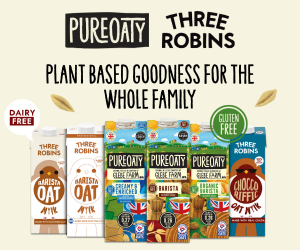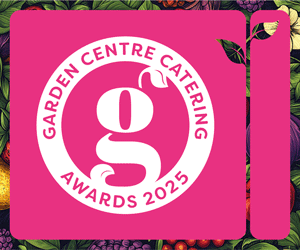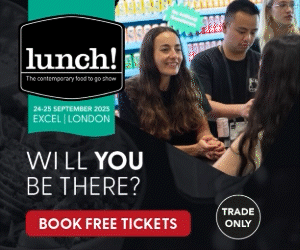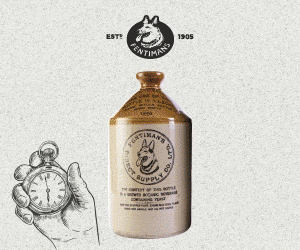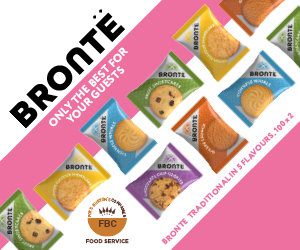Industry insight: Food for thought
Karen Fewell explores the ways in which understanding consumer psychology can be for better food marketing.

Ask yourself why you eat out? The answer may be for convenience, but it is also likely that the experience brings you joy and pleasure. What a consumer chooses to eat when they visit your garden centre café or restaurant will be a combination of many factors. There are all the practical reasons such as whether they have time to wait for a hot dish, how hungry they are or the cost of the food. There are also the emotional reasons such as a desire for comfort, nostalgia or indulgence.
Understanding psychological research into human food and drink choices can help inform your offer and marketing activity. For example, fish and chips are reported to taste better at the seaside; think about all the aspects of eating by the beach e.g. a nostalgic experience, the sound of the sea, eating outdoors in the summer, the presence of newspaper and eating with your fingers. Consider how you can incorporate some of these aspects into how you present and market your fish and chip offer.
Let’s take a look at three items that may be on your menu and some of the insights from consumer psychology:
Ice cream
I have certainly convinced myself on many occasions that the world will look better after a tub of ice cream. The good news is that there is some evidence suggesting that when we eat ice cream in moderation it does actually increase our mood. Another interesting study compared the taste perception of chocolate ice cream when eaten in different locations. In a lab setting, the researchers found that the ice cream was only associated with a creamy taste, compared to a bus stop where it had more roasted and bitter flavours. In contrast, when the same ice cream was eaten in a café it had a sweet taste. Participants were in a more positive mood after consuming the ice cream in the café compared to when eaten at the bus stop.
Although chefs are experimenting with ice cream to generate interesting flavour combinations, take caution when naming and marketing the more unusual ones. ‘Ice cream’ generates consumer expectations of something that has sweet and fruity flavour that is consistent with its visual appearance [3]. Research has demonstrated that when participants were presented with a dish named ‘smoked-salmon ice-cream’, it resulted in a taste dislike, however, exactly the same product was accepted when labelled as frozen savoury mousse.
Cake
When someone invites me out for a cuppa and cake, I visualise myself enjoying sharing each other’s choice of cake whilst we natter and catch-up. Research shows that people prefer to eat together than alone and that people actually feel closer to others who consume similar foods to themselves. Consider the photographs you place on your website or other marketing material and include customers enjoying food such as cake or sharing dishes together.
When advertising cake, it is important to think about more than just how it looks and tastes. Research has found that when we imagine the delicious smell of cake and can picture it in our mind, consumers experience a similar physiological response as when they physically look at cake. In marketing terms, think about the words you use to describe the sensory properties of the cake, such as how it smells, the texture of the sponge or how it will feel in the mouth.

Hot chocolate
On a chilly day or when craving comfort, consumers may opt for a treat like hot chocolate. You might want to think carefully about the colour of the cups you advertise and serve your hot drinks in as they can impact how your customers perceive the taste of the drink. A study looking at plastic cups of different colours found that orange cups with a white interior and dark-cream coloured cups enhanced the chocolate flavour of the drink. The surface pattern texture of the cup also matters as another research project showed that consumers rate hot chocolate as tasting 27% more bitter when served in an cup with angular surface patterns and 18% sweeter when the cup patterns feel rounder.
I’ve just finished my Masters degree in consumer psychology, where I opted to do all my assignments on consumer food and drink behaviour. It is a vast area of research with many fascinating insights to inform your menu, service and marketing activity. If you would like to understand more about the psychology of food marketing please do get in touch at [email protected].








